You can access the series so far here:
Today we discuss Altitude Simulation, specifically:
Altitude Houses
Breath-holding (hypercapnic hypoxia)
Altitude Tents (normobaric hypoxia)
Part Two will discuss Intermittent Hypoxic Exposure and Training.
Altitude Houses
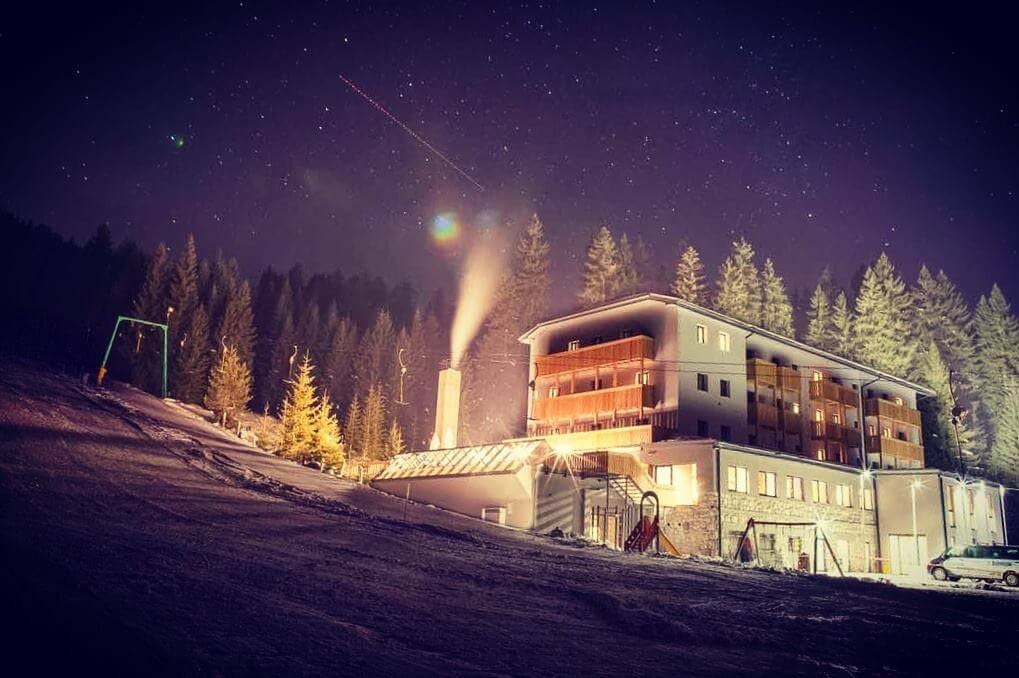
For altitude training to be effective, a minimum of two to three weeks of altitude exposure is required, as it takes that long for the desired adaptations to take effect. Conventional altitude training (living and training in the mountains) is expensive unless you live there. Altitude simulation has come to the rescue. The Scandinavians experimented in the early 1990s with their seemingly effective (but very expensive) altitude houses, built at sea level, for their cross-country skiers. The Finnish scientist Heikki Rusko is often credited with inventing the ‘altitude house’. Finland does not have natural high altitudes, so he sought easily accessible alternatives. Perhaps it was no coincidence that Norway and Finland were leading the way in developing alternative ways of increasing red blood cell production. At the time, rumours were rife that these were also the countries, together with Italy, which had extensively experimented with blood doping and E.P.O. to benefit their distance runners, cyclists and cross-country skiers since the mid-sixties. First, in 1985, blood doping was banned by the I.O.C., followed by erythropoietin (EPO) in 1990. It makes sense that scientists doubled their efforts in trying to find ways to maximise the performance-enhancing benefits of altitude training, which came closest to mimicking the effects of blood doping and EPO.
In 1994, the Winter Olympics were planned for Lillehammer, Norway. Much was at stake for the Scandinavian countries, with fierce competition regarding their rankings on the overall medal tally. Cross-country skiing is for these countries what American Football is in America, ice-speed skating in the Netherlands, cycling in Belgium and rugby in New Zealand. Rusko came up with the idea of diluting oxygen in the air by replacing it with nitrogen, resulting in a low-oxygen (hypoxic) environment. The beauty of this method is that the exact altitude can be easily controlled and changed, and athletes can train indoors at altitude or outside at sea level. The Norwegians experimented with altitude chambers around the same time. They lowered oxygen levels in altitude chambers and houses by reducing the air pressure inside, mimicking the altitude environment. This results in a hypobaric (low pressure) hypoxic environment, while Rusko’s nitrogen house creates normobaric (sea level pressure) hypoxia.
Ironically, in 2003, altitude simulation methods were banned by the Governments of Norway and Italy. They based their decision on a paper published by Baker and Hopkins (1998), which suggested that hypoxic training gave athletes an unfair technological advantage and was dangerous if the training was not planned and monitored by an expert in hypoxic training. It was not made illegal, however, to travel to natural altitude to gain the benefits of hypoxia. As far as I know, the ban still exists in Italy but was lifted in Norway as recently as 2021. How the ban is monitored is a mystery to me, as the physiological changes brought about by altitude simulation are generally a lot more subtle and with significant individual variation compared to the use of blood doping and pharmacologically enhanced red blood cell production.
Today, normobaric chambers are more common in commercial and research settings due to their ease of use and lower operation cost than hypobaric chambers. They are widely used in sports training facilities, universities, and research laboratories. Hypobaric chambers are less common and are usually found in specialised research institutions, military facilities, and certain high-performance sports training centres where precise altitude simulations are required.
The discussion around which of the two is more effective for sports performance enhancement, hypobaric hypoxia or normobaric hypoxia, has not yet been resolved. Both induce physiological responses related to reduced oxygen availability, but the additional changes in atmospheric pressure in hypobaric hypoxia can possibly lead to more complex adaptations in the body. My own sense is that hypobaric hypoxia, which mimics the natural altitude conditions most closely, is likely to have additional benefits compared to the more widely used normobaric methods of altitude simulation. Science might be able to give us a more definite answer in the future.
The Americans developed more affordable altitude tents for individual use around the mid-nineties (below). They allow the athlete to sleep at altitude in their home and train at sea level. Altitude tents are based on the normobaric hypoxia method, where oxygen is extracted from the air by a ‘hypoxicator’ and replaced by nitrogen.
Although altitude houses and tents were considered new to most Western countries, altitude simulation existed well before that in Eastern Europe and Russia. The first reports come from before the Second World War when Russian pilots pre-acclimatised with intermittent hypoxic exposure to prepare for their (open cockpit) flights at altitude. In the sixties, Eastern European countries developed special underground hypobaric chambers to enhance athletic performance. Since then, we have discovered that this was more likely to have been a smoke screen to hide more sinister and powerful (pharmacological) means to enhance performance. Only with the fall of the Iron Curtain did the technology involved with intermittent hypoxic exposure become more widely available to the West. Athletes have not only used intermittent hypoxic exposure and training to prepare for competition and mountaineers to go to altitude, but it has also been applied in the medical field to treat various chronic conditions. The next article will be devoted to Intermittent Hypoxic Exposure and Training.
Breath-Holding
Breath-holding, also known as apnoea training, is a form of hypoxic training that involves voluntarily holding one's breath for extended periods. This practice is common among free divers, underwater swimmers, and athletes seeking to enhance their lung capacity and tolerance to hypoxia (low oxygen levels). While free divers and underwater swimmers practice active breath-holding on dry land while stationary, endurance athletes often incorporate some dynamic breath-holding during their training. It is more commonly practised by swimmers, including triathletes, as the rhythmic breathing pattern during the swimming motion leads itself well to incorporate breath-holding exercises. This is done by doing exercises where you breathe every so many strokes, extending the breath-holding over time. Doing lengths of underwater swimming is another exercise which can easily be incorporated into a swim session. The result of these exercises is temporary hypoxia. The accompanying drop in SpO2 results over time in adaptations similar to those of altitude training but of a lesser magnitude. An added bonus is that the practice improves lung capacity and respiratory muscle strength. Like any conditioning, it must be done regularly to benefit you. If you incorporate some controlled breath-holding exercises in three or four swim sessions per week, it is likely to provide you with some benefits.
Breath-holding needs to be practised with caution and is best done under supervision as if done to the extreme, it can result in blackouts due to a combination of hypoxia and carbon dioxide build-up.
The Altitude Tent
The altitude tent (photo above) is a small, enclosed structure. The tent fits over a regular bed, creating a sealed environment around the sleeping area. Outside the tent is a hypoxicator where oxygen is removed from the outside air and replaced by nitrogen.
Altitude tents have adjustable settings to control the oxygen concentration inside the tent, mimicking specific elevations as per Table 1.
As with natural altitude training, athletes must sleep in the tent for two to three weeks to generate worthwhile physiological adaptations. Short-term adaptations have been measured within 3 hours of exposure to altitude air in this manner. Still, scientists generally recommend that to achieve meaningful results, you must spend at least 12-14 hours per day in a hypoxic environment comparable with at least 2400 meters of altitude. This is achieved by sleeping in the tent and spending some time during the day in the tent while awake. Like with natural altitude training, there is no optimal protocol for the individual athlete, as everyone will respond slightly differently. SpO2 measures help us set individual protocols for athletes who use the tent. In Part 3 of The Highs and Lows of Altitude Training, we discussed the altitude classification and how increasing elevations affect us physiologically and mentally. A SpO2 of below 70% is considered life-threatening in the medical world. In mountaineering, SpO2 values measured have been lower than that. Still, it is generally agreed that measures below 76% are unhealthy and should be avoided, particularly when exposed for prolonged periods, including sleeping overnight in an altitude tent. Good adaptations occur when SpO2 is around 86-94 for most of the night. Usually, an elevation of 2000-2400 meters will achieve this. Over time, higher altitudes can be used, subject to SpO2 readings and tolerance (sleep quality). Experienced altitude tent users, not uncommonly, get up to 4000 meters or even higher. The problem with higher altitudes is more noise from the hypoxicator and a build-up of carbon dioxide in the tent, which can cause side effects, of which fatigue and headaches are the most common. To prevent an unhealthy build-up of CO2, a CO2 scrubber can be used in the tent to remove any excess. A common starting protocol is three weeks on and one week off as follows:
Example altitude tent protocol for a first timer.
The key to using an altitude tent is your sleep quality, not the altitude achieved (and subsequent SpO2). If you don’t sleep well, you will be unable to train and recover properly, and the adaptations to altitude will be in vain. The environment within an altitude tent tends to be not only hypoxic but also warm and stuffy, and the noise the hypoxicator makes can keep you awake. However, when done according to the guidelines and if tolerated, this method is considered effective, judging by the results presented by research so far. If you are a light sleeper, this might not be for you. If you have a partner or spouse, discuss using the altitude tent beforehand, as it might impact your relationship….
Reference: Baker, A. and Hopkins, W.G. (1998). Altitude training for sea-level competition, in: Sportscience Training and technology. Internet Society for Sport Science. http://sportsci.org/traintech/altitude/wgh.htm
The next article in the series on ‘The Highs and Lows of Altitude Training’ will be on intermittent hypoxic exposure and training.
Back To Table of Contents

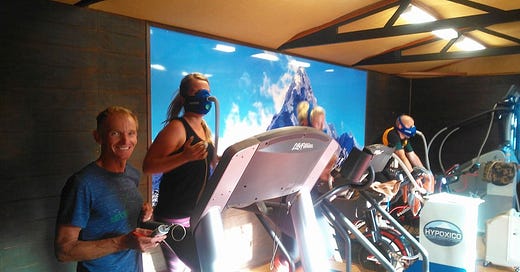



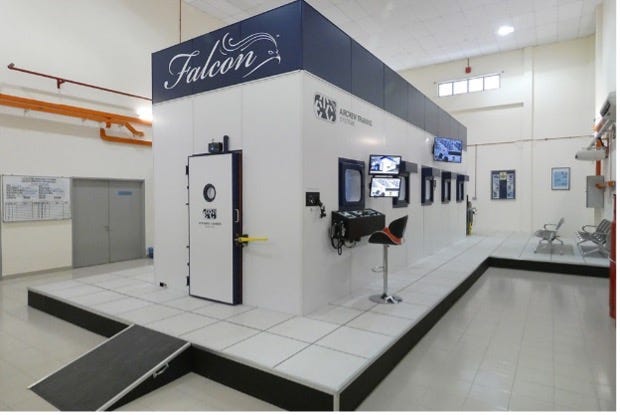
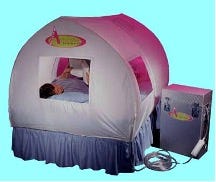
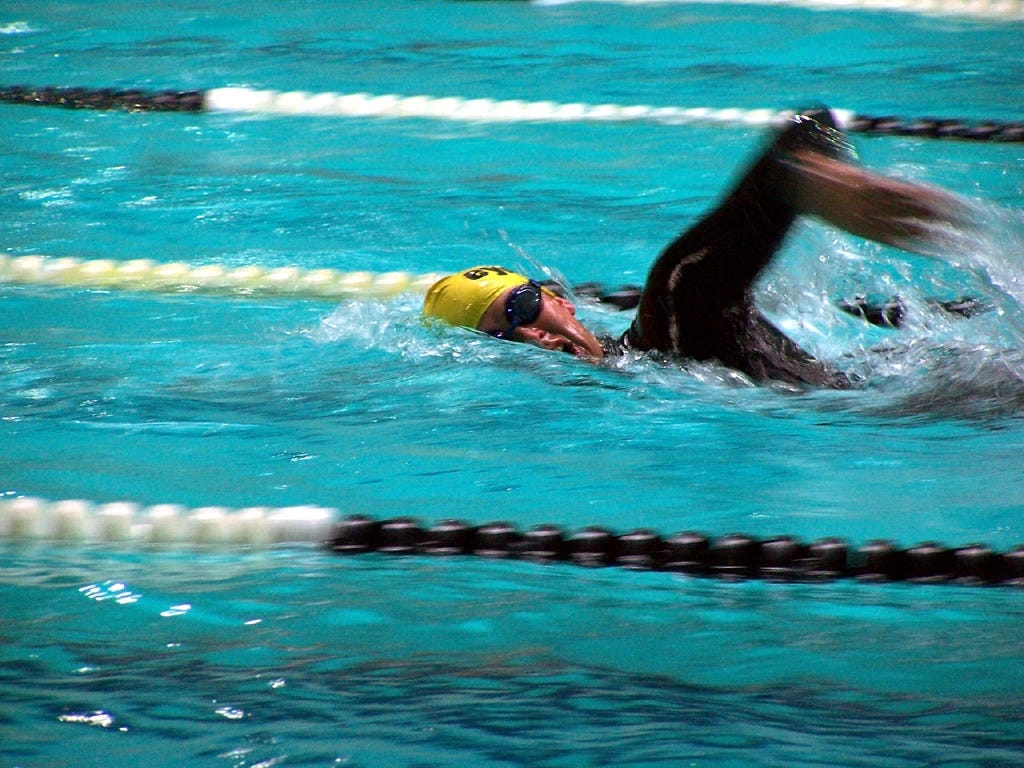
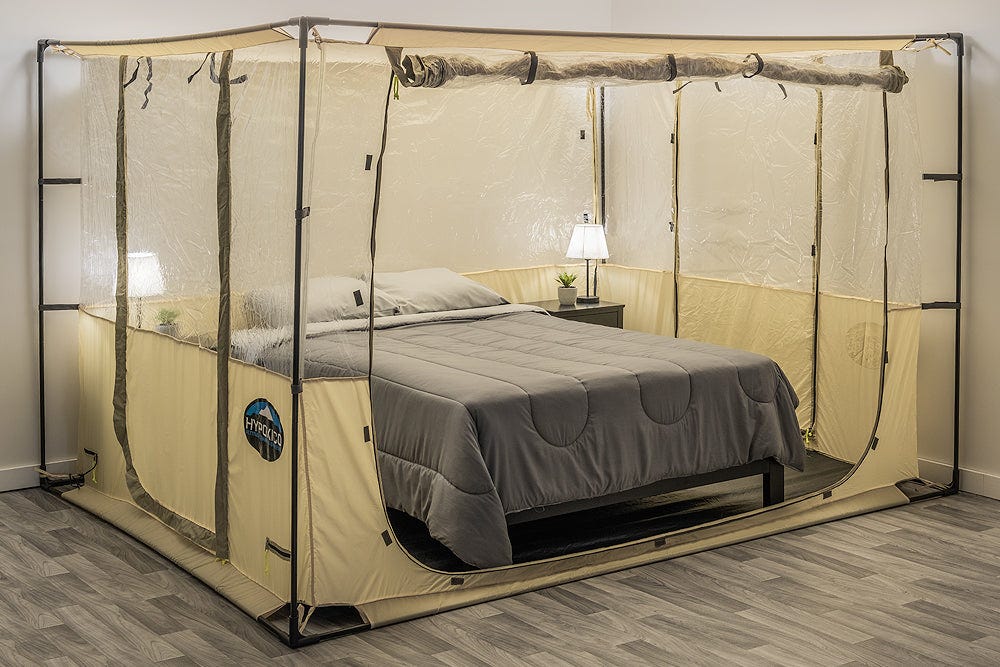
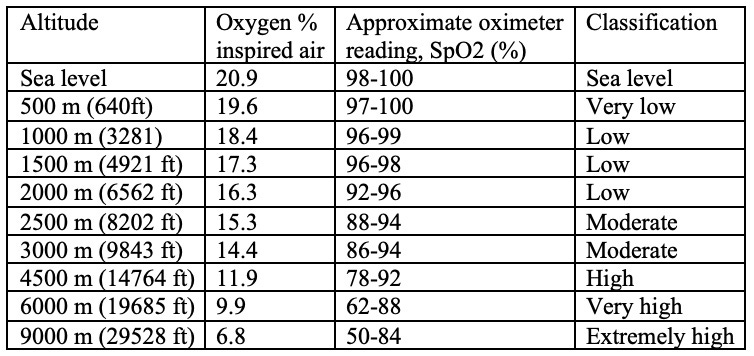


Hello Glenn, very good point. I recommend the use of a CO2 scrubber when sleeping in an altitude tent.
Gordo/John: do you have any thoughts about CO2 accumulation over night whilst sleeping in an altitude tent? I've measured it at over 3000 ppm with an Aranet device. Any suggestions for scrubbing?